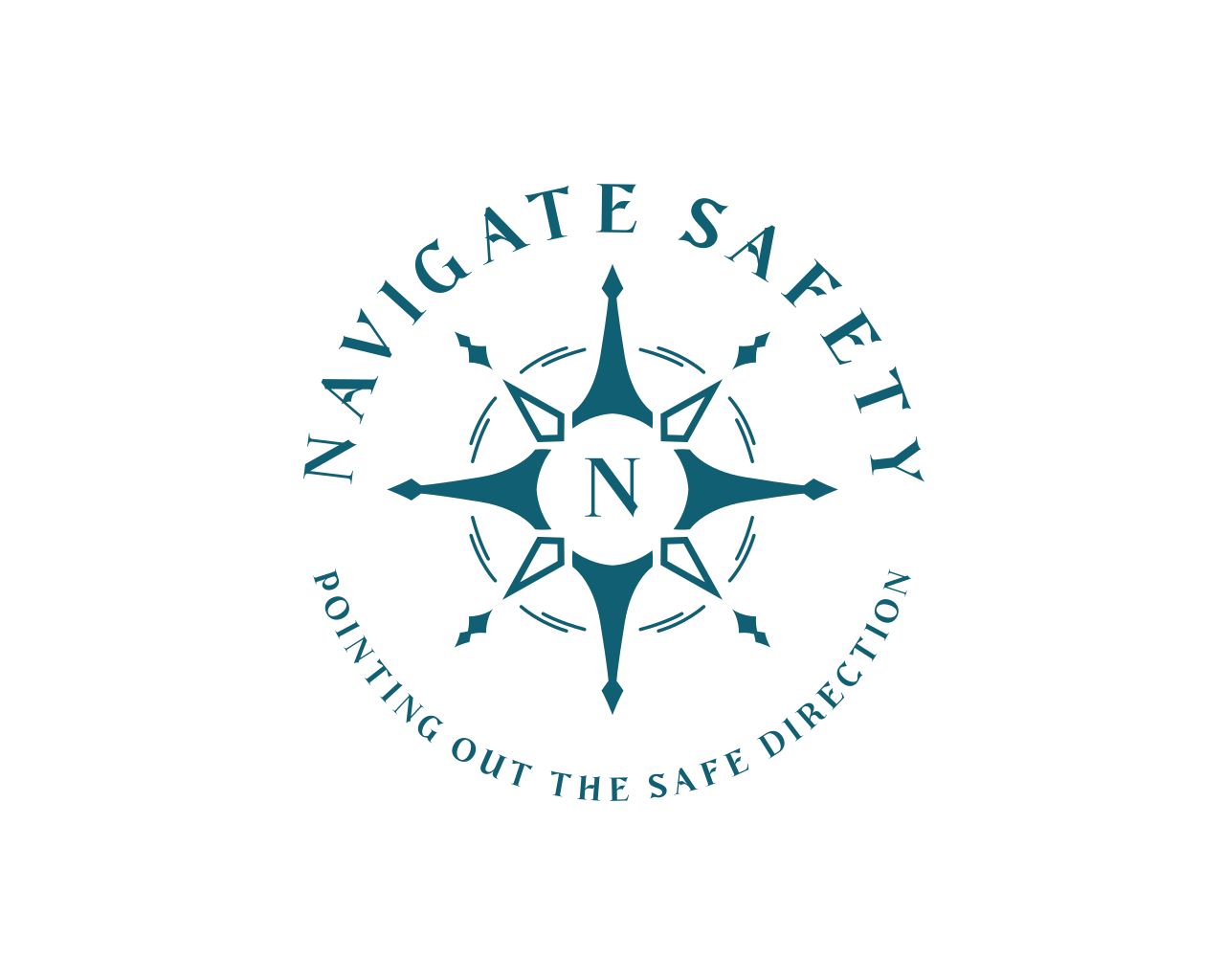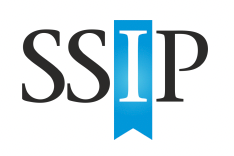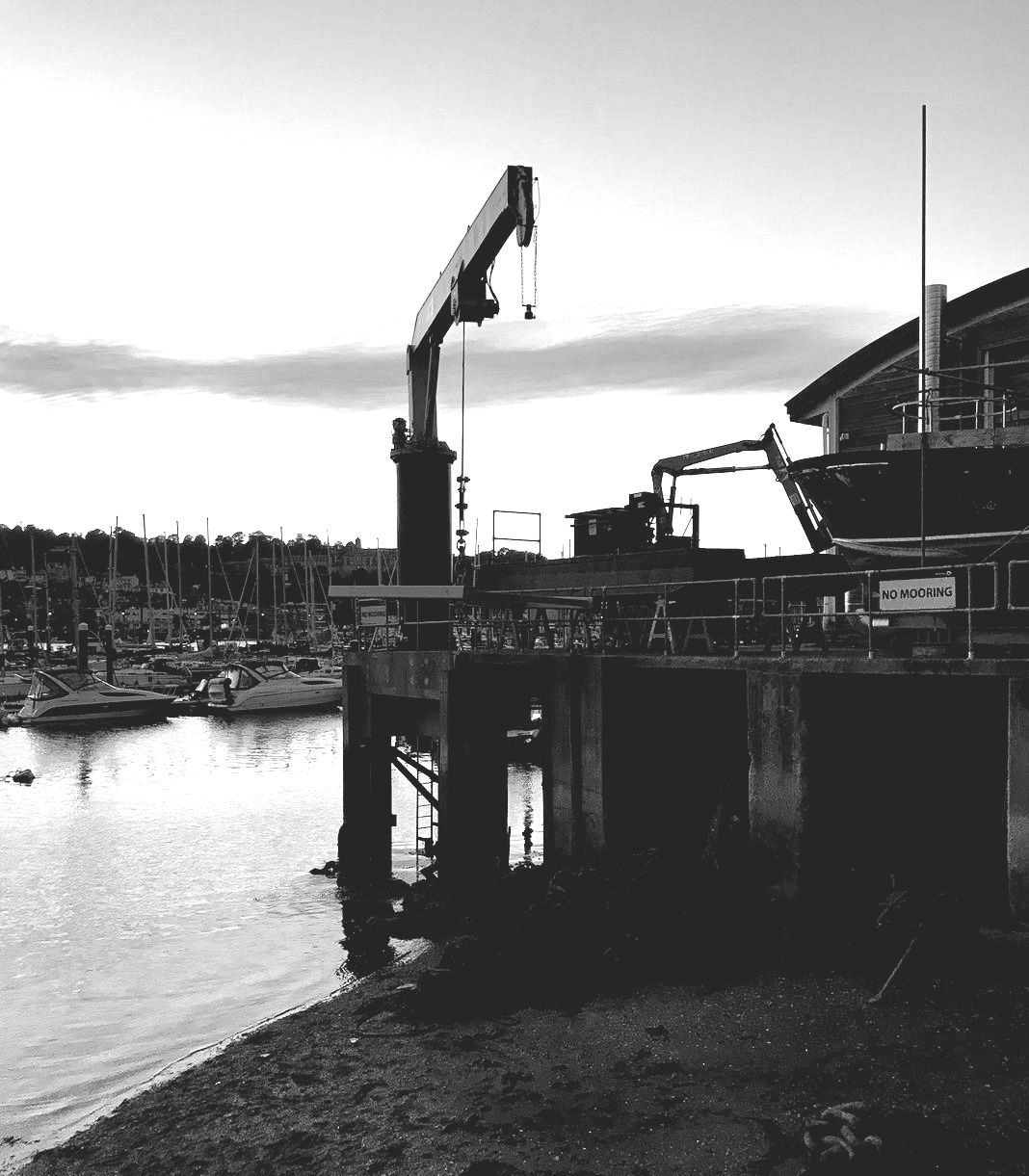
What is SSIP ?
What is SSIP? How the SSIP certification helps your business win more work?

This week I would like to introduce you, if you have not come across the subject before, to a concept of Safety Scheme in Procurement (SSIP) certification and how it could help you save time and expenses getting health and safety certified.
How did it all start?
The 2007 Construction (Design and Management) Regulations introduced the Stage 1 Core Criteria for assessing health and safety competence of contractors and consultants working in the construction industry. This has provided an opportunity for existing pre-qualification schemes to formalise a mutual recognition scheme for health and safety assessments.
After 2007 members of existing pre-qualification schemes gather multiple times and agreed on establishing the Safety Schemes in Procurement (SSIP) Forum. They signed up to an ethos that the SSIP should act like an umbrella organisation to facilitate mutual recognition between health and safety assessment schemes wherever it is practicable to do so.
What is SSIP?
Supported by the HSE the SSIP aims to streamline pre-qualification and encourage straightforward mutual recognition between its Member Schemes. It aims to reduce cost and duplication for supplier and buyers, particularly around the construction industry.
All assessments completed by the Member Schemes are completed utilising the SSIP Core Criteria which is aligned to the Government-backed construction pre-qualification document PAS 91, which ensures consistency within supply chain management. The core criteria describe what it means for a business to comply with basic health and safety legislation.
What are the benefits of SSIP certification?
SSIP certification provides mutual benefit for both supplier and buyer. Obtaining SSIP accreditation demonstrates to a buyer that the supplier is competent in health and safety practices and procedures, and therefore a business that is safe to work with. It saves the buyer time and minimises the bureaucracy.
Supplier will be reassured their health and safety management, and safe systems of work are meeting the HSE and PAS91 standards. Being SSIP certified puts the supplier onto the SSIP online portal where any buyer can easily find and contact them.
Accreditation from an SSIP scheme is mutually recognised by all other SSIP members. Certification issued from one SSIP member is sufficient to meet the criteria of the other members; thus, suppliers only require accreditation from one SSIP scheme, preventing the requirement to perform multiple health and safety assessments.
Is it only for Construction industry?
No! In my experience I came across various trades, not necessarily construction specific, working towards obtaining the SSIP certification. From one man or woman band to more than one hundred labourers’ businesses. From cleaners, painters through landscapers or gardeners to demolition companies. Sky is the limit and the SSIP certification is literally for everyone who is or going to be in a process of getting into the preferred SSIP certified contractor list.
How to obtain SSIP certification?
Reach out to one of the registered SSIP scheme members to get the health and safety accredited. The list of members can be easily found on the SSIP portal. Once contacted your preferred scheme member you will be given a questionnaire to fill in and asked for corresponding evidence, all in accordance with PAS91. Provided your evidence meets the SSIP criteria you will get certified.
How can Navigate Safety help in the process?
If in doubt or cannot spare the time to do all the legwork to obtain the SSIP certification, ask your competent person for help or simply reach out to us.
Our experienced assessor will guide you through the process or apply for the certification on your behalf. Simple as that, saving you all the precious time and efforts.

All Rights Reserved | Navigate Safety



